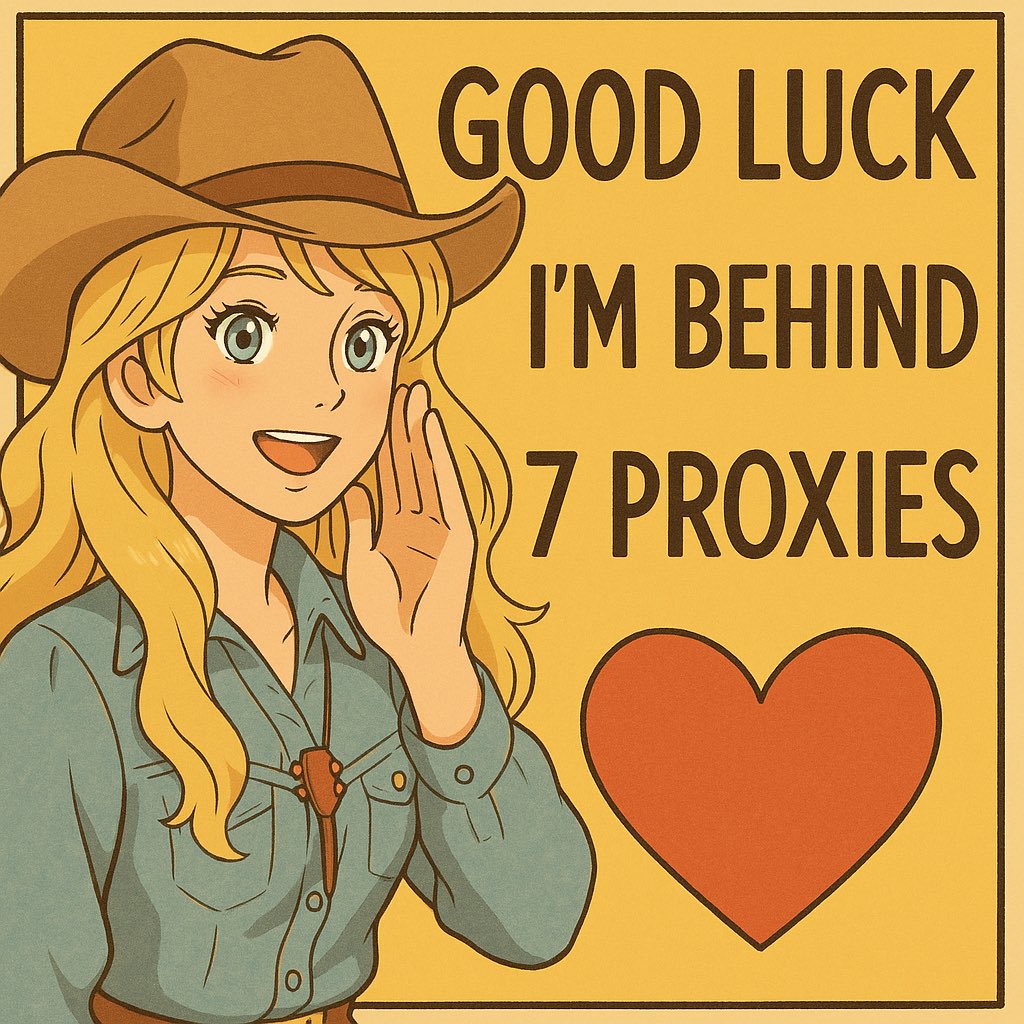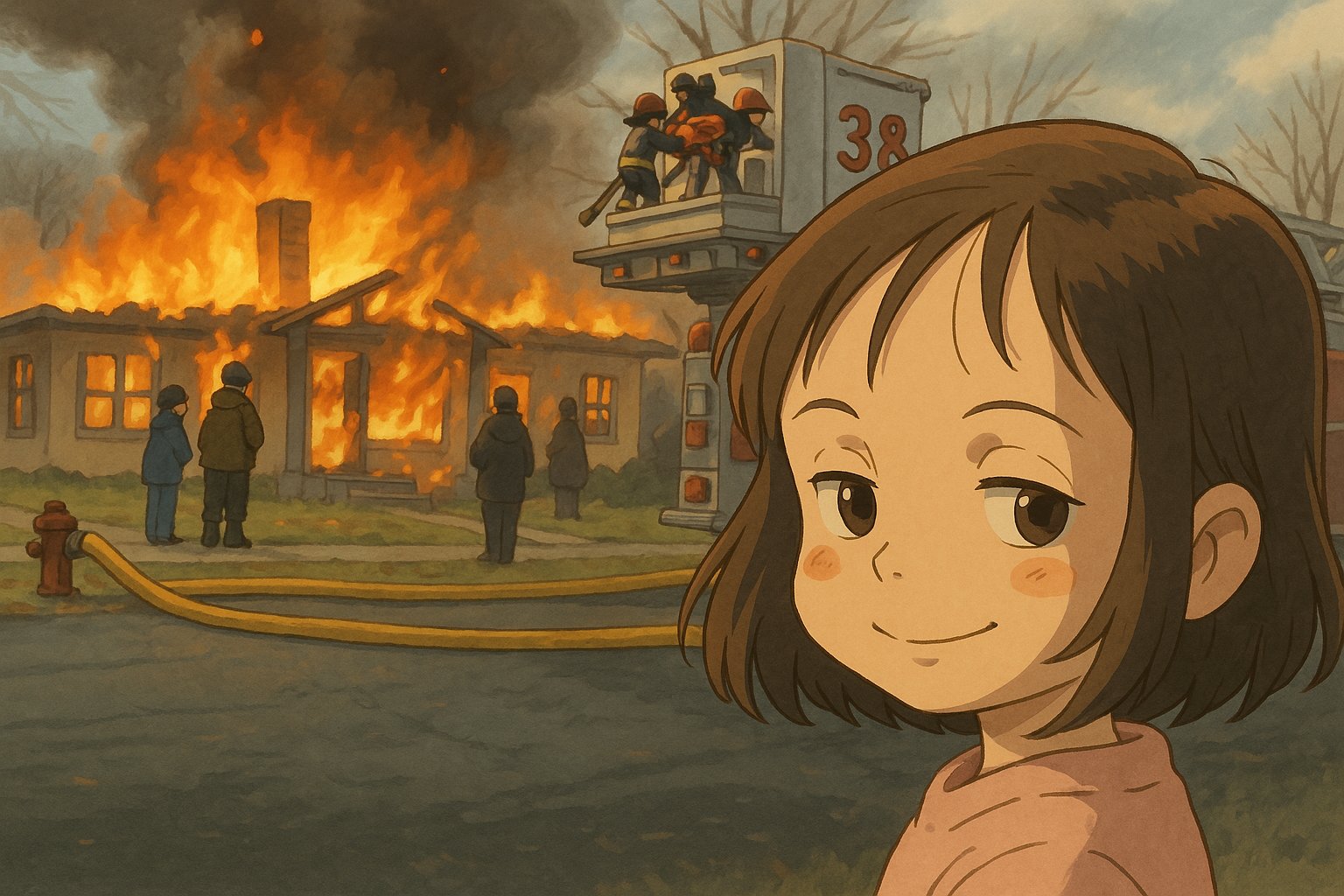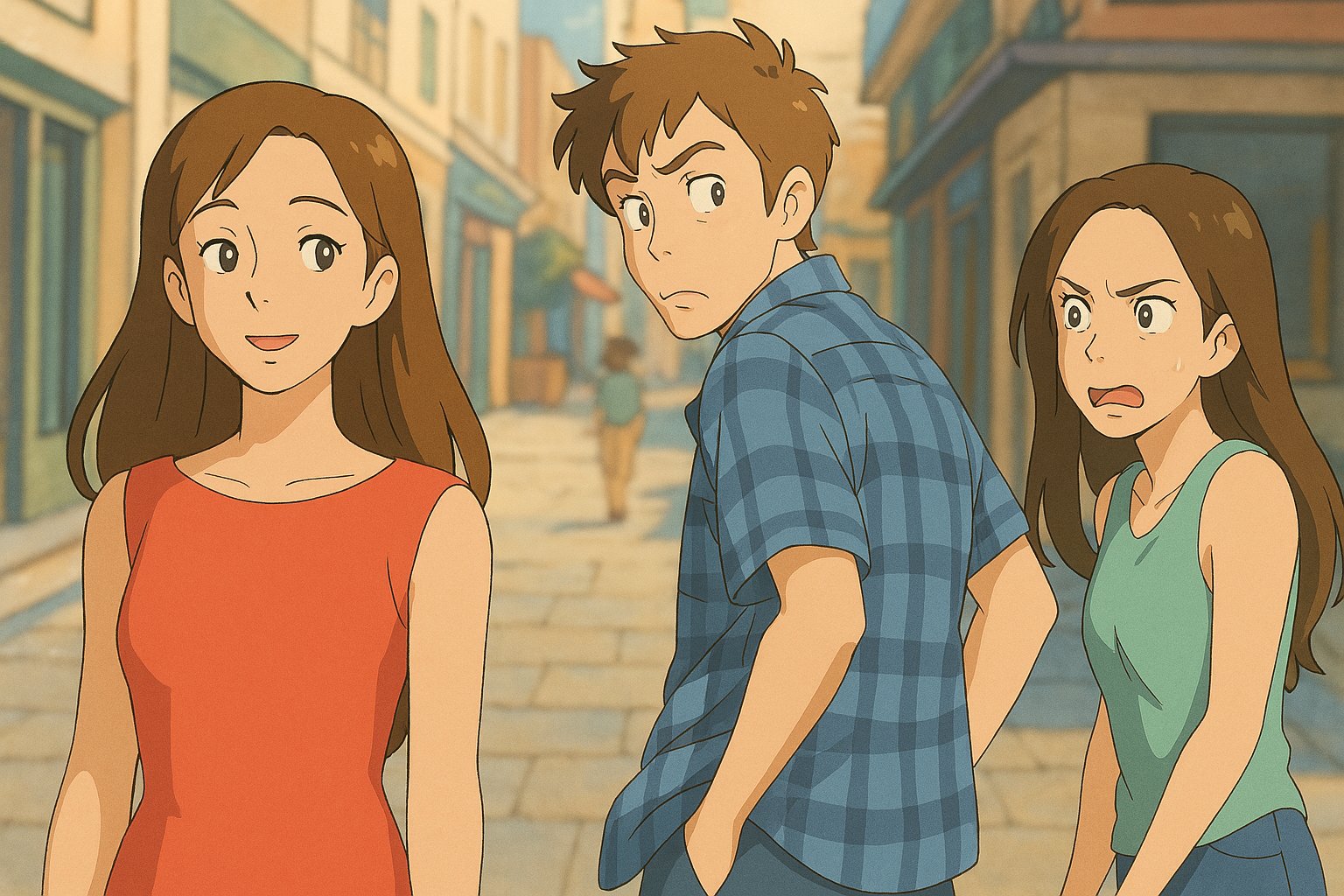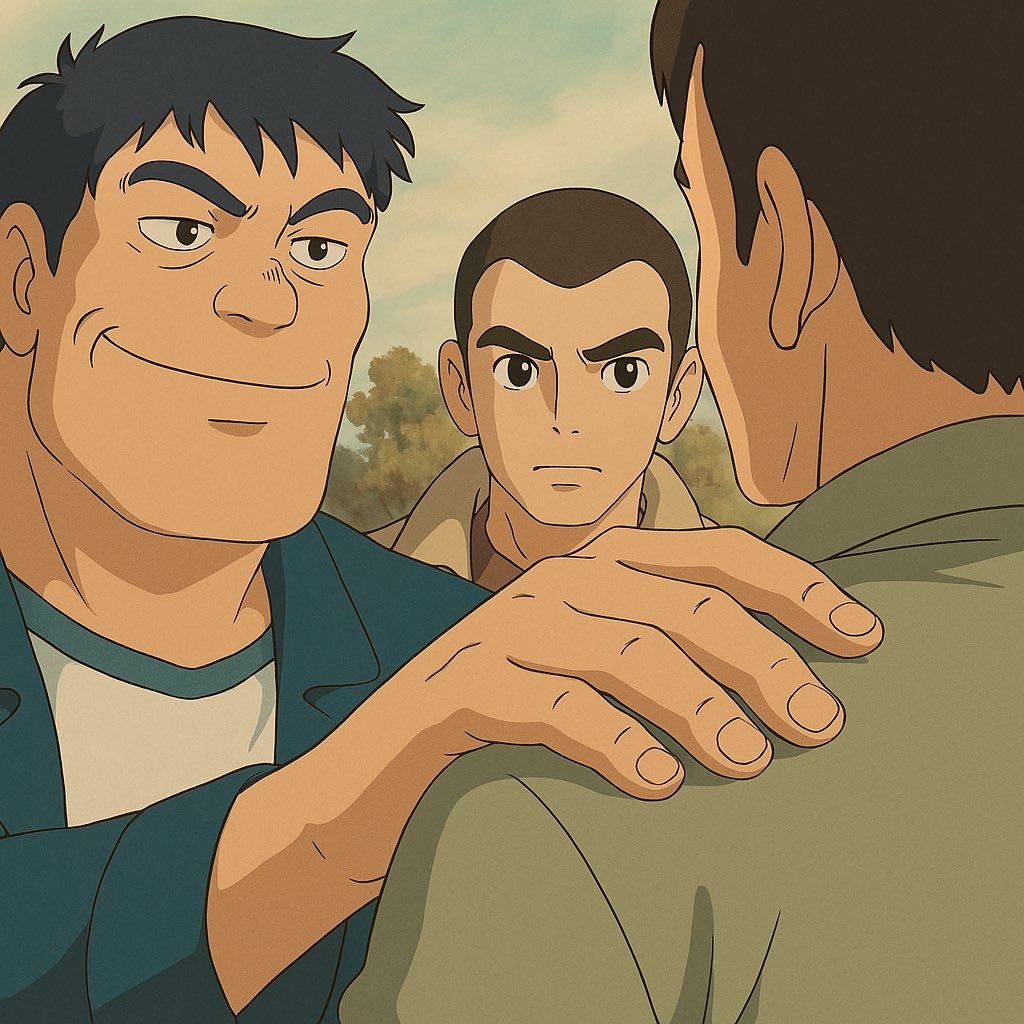I Tested ChatGPT 4o Image Generation, Here're My Thoughts:
OpenAI has integrated GPT-4o, a powerful new multimodal AI model, directly into ChatGPT, replacing the previous DALL-E 3 integration and offering significantly enhanced image generation capabilities. This marks a major advancement in AI-powered visual creation, combining superior text processing with sophisticated image generation in a single unified system. GPT-4o's image generation capabilities represent a fundamental shift in how AI creates visual content, leveraging its deep understanding of context, language, and visual concepts.
The integration makes image creation more intuitive and contextually aware, allowing for a more seamless creative experience. Unlike previous systems where image generation felt like a separate function, GPT-4o's approach treats visual creation as an integrated part of its overall capabilities, resulting in more coherent and contextually appropriate images that align with ongoing conversations and user intent.
While OpenAI's ChatGPT 4o introduces groundbreaking image generation capabilities, it's worth noting other platforms making waves in the AI productivity space.
Anakin AI has emerged as a significant player, offering over 1,000 pre-built AI applications designed for various use cases including content generation, question answering, document search, and process automation. What makes Anakin particularly notable is its accessibility—users without coding or prompting expertise can leverage these applications to generate various content types including emails, blogs, and images. As the image generation space becomes increasingly competitive, platforms like Anakin AI demonstrate how specialized AI tools can complement comprehensive systems like GPT-4o, giving users multiple options for creating visual content based on their specific requirements and technical comfort levels.
ChatGPT 4o Image Generator Rollout Strategy
The rollout of GPT-4o's image generation capabilities began on March 25, 2025, marking a significant upgrade to ChatGPT's visual creation abilities. This new feature is now available to Plus, Pro, Team, and Free tier users, with Enterprise and Education users gaining access soon. Free users are limited to generating up to 3 images per day, while Plus and higher tier subscribers can create unlimited images.
OpenAI's strategic approach to this rollout demonstrates their commitment to making advanced AI tools widely accessible while ensuring sustainable service delivery. The tiered access model allows them to manage system load while providing value across all user segments. This approach has helped them maintain service stability during what could otherwise be an overwhelming surge in system usage.
Developers can expect API access for GPT-4o image generation in the coming weeks, allowing for broader implementation across various platforms and applications. This API access will enable integration of these capabilities into third-party products, expanding the potential impact of the technology across industries.
Advanced Features of the ChatGPT 4o Image Generation System
GPT-4o boasts several advanced image generation features that set it apart from its predecessors. The model can handle up to 20 different objects simultaneously while maintaining correct relationships between them, making it ideal for complex scene generation. This represents a significant improvement over earlier models that struggled with multiple object relationships and spatial coherence.
Its contextual awareness allows it to build upon images and text within the chat context, ensuring consistency throughout iterations. This means users can refine their image requests through natural conversation, with GPT-4o maintaining an understanding of previous requests and modifications.
GPT-4o excels at in-context learning, enabling users to upload reference images for the AI to analyze and incorporate details into new generations. This capability makes it particularly useful for style matching, design iteration, and creating variations that preserve specific elements from source material.
Due to the complexity and detail of the images produced, rendering may take up to one minute, but the results are often more visually striking and crisper in detail compared to previous models. The improvement in rendering quality is especially noticeable in areas that traditionally challenged AI image generators, such as human faces, hands, and text rendering.
Exploring ChatGPT 4o Image Generation Capabilities
The capabilities of GPT-4o's image generator extend far beyond simple picture creation. The system demonstrates remarkable proficiency in several key areas:
Text rendering accuracy: Unlike previous models that often struggled with text in images, GPT-4o can generate images with clearly legible and accurate text elements, making it suitable for creating infographics, memes, and instructional content.
Anatomical accuracy: The model produces more realistic human figures with properly proportioned body parts and natural postures, addressing a common weakness in earlier AI image generators.
Conceptual understanding: GPT-4o can interpret abstract concepts and metaphorical language, translating them into visually representative images that capture the essence of complex ideas.
Stylistic versatility: The system can generate images across numerous artistic styles, from photorealistic renderings to stylized illustrations, watercolors, oil paintings, and digital art formats.
Compositional intelligence: Images demonstrate improved understanding of visual composition principles, with better framing, perspective, lighting, and balance between elements.
These capabilities make GPT-4o a versatile tool for creative professionals, content creators, educators, and casual users alike.
Enhanced User Experience with ChatGPT 4o Image Generation Tools
The new image generation system in ChatGPT offers a streamlined user experience that makes creating complex visuals more intuitive. Users can simply ask the model to create an image with specific details or select the "Create image" option in the composer. The natural language interface removes the need to learn specialized prompting techniques that were often required with earlier image generation systems.
The system allows for customization of images with precise requirements, including:
- Aspect ratio control (square, portrait, landscape, or custom dimensions)
- Exact color specifications using hex codes
- Transparent backgrounds for design integration
- Style consistency across multiple generated images
- Iterative refinement through conversation
This integration makes image creation an essential part of AI-driven communication, allowing users to refine images through natural conversation while maintaining a consistent style. The improved capabilities enable GPT-4o to generate highly accurate and detailed images, responding effectively to extensive and detailed prompts without the awkward phrasing sometimes required by dedicated image generators.
ChatGPT 4o Image Generation vs. DALL-E: Key Differences
While GPT-4o has become the primary image generation model integrated into ChatGPT, OpenAI has maintained DALL-E as a separate option for users who prefer its specific capabilities. DALL-E will be accessible through a dedicated GPT, allowing users to switch between the two models based on their needs.
The key differences between GPT-4o's image generation and DALL-E 3 include:
Integration approach: GPT-4o treats image generation as part of its unified system rather than a separate module, resulting in better contextual awareness.
Conversational refinement: GPT-4o better understands iterative requests and can maintain consistency across multiple image generation requests within a conversation.
Detail handling: GPT-4o generally produces more precise details, particularly with text rendering and anatomical accuracy.
Stylistic strengths: DALL-E 3 may still outperform in certain artistic styles and creative interpretations, while GPT-4o excels at technical accuracy and realism.
Processing requirements: GPT-4o's image generation typically requires more computational resources, resulting in slightly longer generation times but higher quality output.
This dual-model approach ensures that users can benefit from both systems' unique strengths, providing flexibility for different creative and practical applications.
Practical Applications of ChatGPT 4o Image Generation Technology
GPT-4o's image generation capabilities open up numerous practical applications across various fields:
Professional Design and Marketing
Marketing teams can rapidly generate concept visuals, social media graphics, and promotional materials that match brand guidelines. The ability to specify exact colors and incorporate accurate text makes it particularly valuable for draft creation.
Education and Training
Educators can produce custom visual aids that illustrate complex concepts, while trainers can create scenario-based images for workplace training and simulations.
Content Creation
Writers, bloggers, and social media managers can enhance their content with custom illustrations that perfectly match their written material without requiring dedicated design resources.
Product Development
Product teams can visualize concepts and iterations quickly, accelerating the ideation phase and enabling more efficient communication of design ideas.
Accessibility Tools
The system can generate visual representations of concepts for enhanced learning experiences, particularly beneficial for visual learners or those with certain cognitive processing styles.
The versatility of these applications demonstrates how GPT-4o's image generation capabilities can serve both creative and practical purposes across personal and professional contexts.
Optimizing Your ChatGPT 4o Image Generation Experience
To get the most out of GPT-4o's image generation capabilities, consider these best practices:
Be specific and descriptive in your requests, providing details about style, composition, colors, and subjects.
Use iterative refinement by building on previous requests rather than starting from scratch.
Provide reference images when you want to match a particular style or incorporate specific elements.
Specify technical parameters like aspect ratio or color scheme early in your request.
Balance detail with clarity – overly complex prompts can sometimes lead to confused outputs.
By following these guidelines, users can achieve more consistent and satisfying results from the image generation system, reducing the need for multiple generation attempts.
Frequently Asked Questions About ChatGPT 4o Image Generation
Why did OpenAI decide to replace DALL-E with GPT-4o?
OpenAI integrated GPT-4o's image generation capabilities to provide a more unified experience. Since GPT-4o is a multimodal model designed to understand and process text, images, and audio seamlessly, it offers more contextual awareness when generating images. This integration allows for better conversation flow, where image requests can naturally build on previous exchanges without needing to switch between different systems. Additionally, GPT-4o's unified architecture enables more efficient processing and improved understanding of complex generation requests.
How does GPT-4o's image quality compare to DALL-E 3?
GPT-4o generally produces images with higher technical accuracy, particularly excelling at rendering text, human anatomy, and maintaining logical relationships between multiple objects. Its outputs tend to be more photorealistic and precise in following detailed instructions. DALL-E 3, however, may still have advantages in certain artistic styles and creative interpretations. The quality difference is most noticeable in complex scenes with multiple elements and when generating images that require accurate text rendering.
What are the main advantages of using GPT-4o for image generation?
The primary advantages include superior contextual understanding, better handling of complex prompts, improved text rendering within images, more accurate anatomical details, and seamless integration with conversational flow. GPT-4o can generate images that maintain consistency with previous conversation context and can understand nuanced requests without requiring specialized prompting techniques. Its unified architecture also allows for more natural refinement of images through conversation rather than requiring precisely formatted prompts.
Can users still access DALL-E 3 in ChatGPT?
Yes, OpenAI has maintained DALL-E as a separate option accessible through a dedicated GPT, allowing users to switch between models based on their specific needs. This ensures users can still benefit from DALL-E's unique strengths in certain artistic styles while also having access to GPT-4o's advanced features. This dual-model approach provides greater flexibility for different creative and practical applications.
How does the integration of GPT-4o impact the overall user experience in ChatGPT?
The integration significantly enhances user experience by creating a more seamless transition between text conversations and image creation. Users can request images as a natural part of their conversation without switching contexts or learning different prompting strategies. The system better understands iterative refinement requests, making the creative process more intuitive. Additionally, GPT-4o's multimodal capabilities mean it can analyze and discuss existing images before generating new ones, creating a more cohesive workflow for visual content creation and discussion.
As GPT-4o continues to evolve, we can expect further refinements in its image generation capabilities, potentially including animation, more sophisticated editing features, and even greater understanding of complex visual concepts. The current implementation already represents a significant advancement in making AI-powered visual creation more accessible and intuitive for users across all experience levels.






